
2013 Large Residential 1st Runner-Up
Curly House, located in West Sussex near England’s southern shore, used ICF construction to solve a number of vexing problems. The owner wanted to build an affordable, low-energy building in a region with relatively cold winters and hot summers. But the original plan for a two-story home on the site had already been turned down, as the lot was in a formally designated “Area of Outstanding Natural Beauty” with numerous building restrictions.
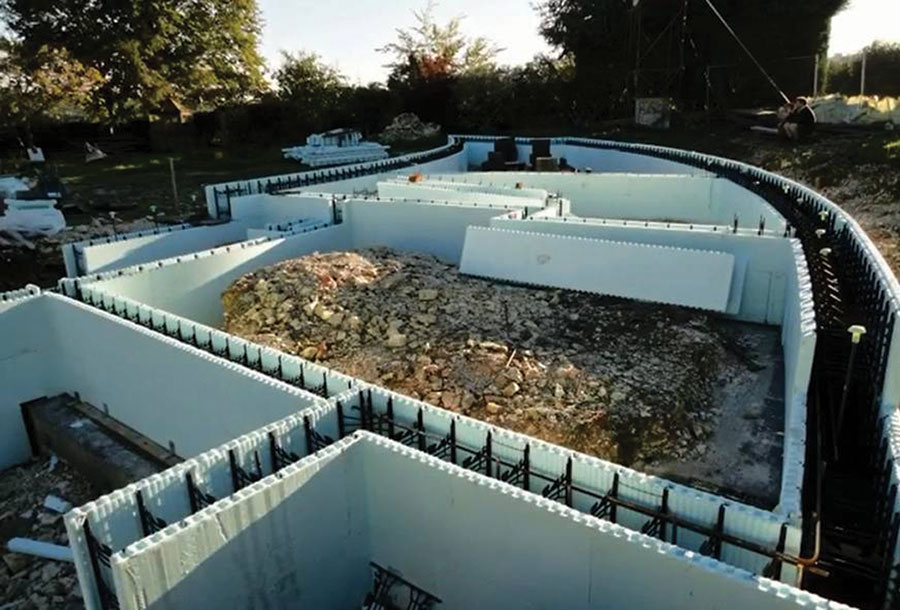
A local contractor, Kithurst Builders, served as GC and ICF installer. Antoine Costantini, owner of the company, is from Canada and had previous experience with ICF construction. He recommended Nudura, which was used on all exterior and some interior walls. Op-Deck, a Dutch ICF decking system, was used for the floors and roof.
White says, “The ICF system proposed by Kithurst Builders suited the design of the building far better than the alternatives. A good example of this is the brise soleil [solar shades]. We were able to mount the structural steel struts directly to the concrete core to provide a robust connection that also limits the thermal bridging that we were typically seeing in other construction methodologies. The insulated concrete formwork also provides incredible levels of air tightness. The building achieved 0.2 ACH [air changes per hour at 50Pa]. This is the lowest air change rate Ecotecture has ever achieved on any of their projects. It is one of the most complex designs Ecotecture has ever produced, which really shows just how suitable an ICF solution is.”
Work began with a detailed GPS survey, which was layered onto the CAD drawings to determine the exact layout and height of the building. This revealed the need to excavate and haul off some 250 truckloads of chalk and subsoil, some of which was later used as backfill.
Nearly all of the exterior walls are radiused. The forms and rebar, including lintel steel, were shaped onsite. The use of steel beams was kept to a minimum and used only to frame the stairwell.
The energy strategy of this home relies on the thermal mass of the concrete to absorb solar energy and dampen temperature swings, and there’s plenty. In total, the 4,400-square-foot home required 442 cubic yards of concrete! On pour days, between 12 and 15 mixer trucks were continuously transporting concrete to the site, with a load required every 30 minutes.
White says, “We have yet to have a full year’s recorded data on space heating and domestic hot water [but] we do know that during the coldest spell of last January, our clients turned the space heating on for two hours, which represents the entire year’s heating demand.” Thermal modeling software predicts the heating and cooling load is about 0.95 kBtu/sq. ft./year, which far outstrips the Passivhaus standard.
He continues, “We consider that the groundbreaking design combined with this exceptional performance level is a brilliant example of what is possible in low energy building design… The client now lives in their dream home which outperforms their previous expectations. They report they have no regrets in pursuing this project other than wishing they’d done it earlier.”
For obvious reasons, the home has attracted significant attention. Press coverage includes a full-length feature in Great Britain’s Concrete magazine (including the front cover), Build It, and a six-page write-up in Self-Build Homes magazine.
Online coverage in a weekly construction newsletter caught the attention of the British Board of Agrément (the U.K.’s building code authority) which led to a cover feature in the authoritative RICS Building Control Journal.
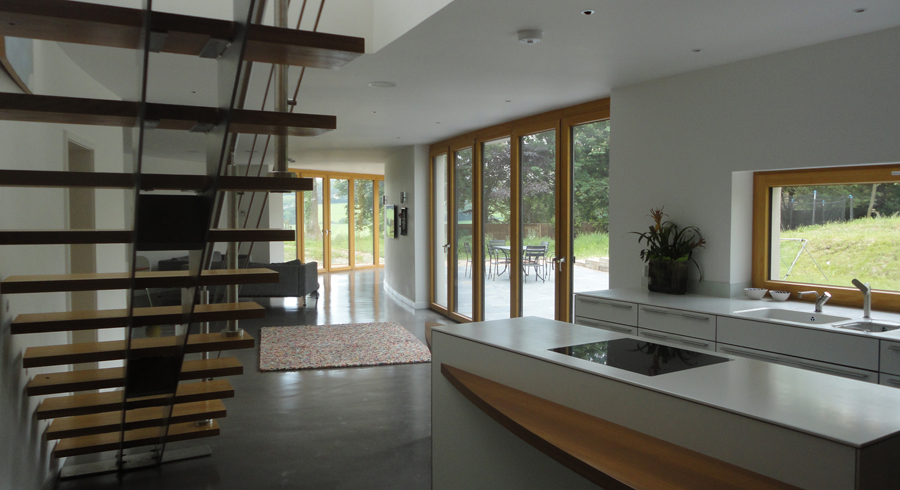
White concludes, “Nationally, the Curly House project is spearheading the adoption of ICF. It’s still at the early stages of acceptance [but] when designing a complex structure which pushes architectural boundaries to the limit and where good energy performance is essential, there is no better way.”
Location: West Sussex, United Kingdom
Type: Private Residence
Size: 4,400 sq. ft. (floor)
ICF Use: 8,450 sq. ft. (all exterior walls) plus interior walls & EPS decking
Cost: Undisclosed
Total Construction: 365 days
ICF installation time: 90 days
Owner: Undisclosed
General Contractor: Kithurst Builders
ICF Installer: Kithurst Builders
ICF Distributor: Sustainawall, UK
Architect: Ecotecture Architects
Engineer: BLB Engineers
ICF System: Nudura
- High-profile European project
- Built on sensitive National Park land
- All exterior walls are radius
- Floors and interior walls also EPS and concrete
- Used 450 yards of concrete.
- Extremely airtight (0.2 ACH @ 50Pa)
- Featured in at least five magazines and newsletters, with profiles up to 6 pages long
Like what you read?
Yearly Subscriptions Starting @ $30

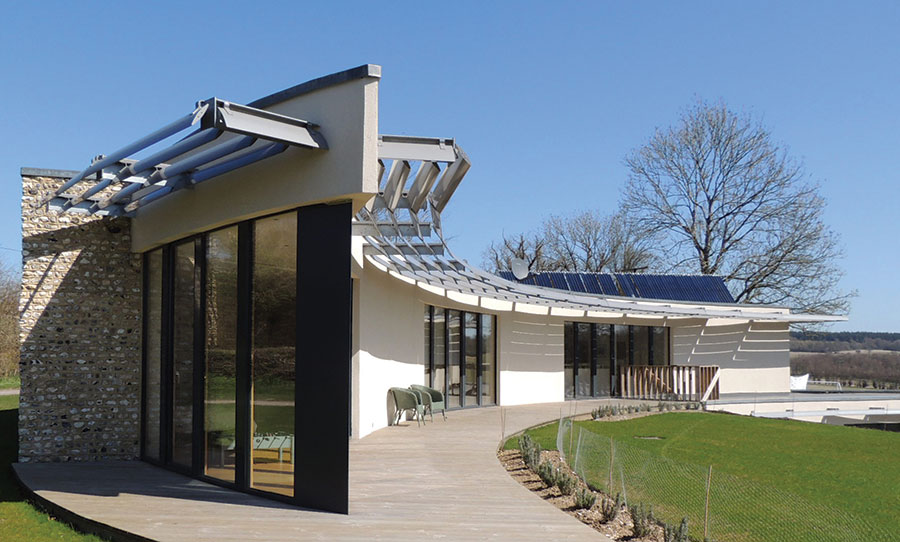
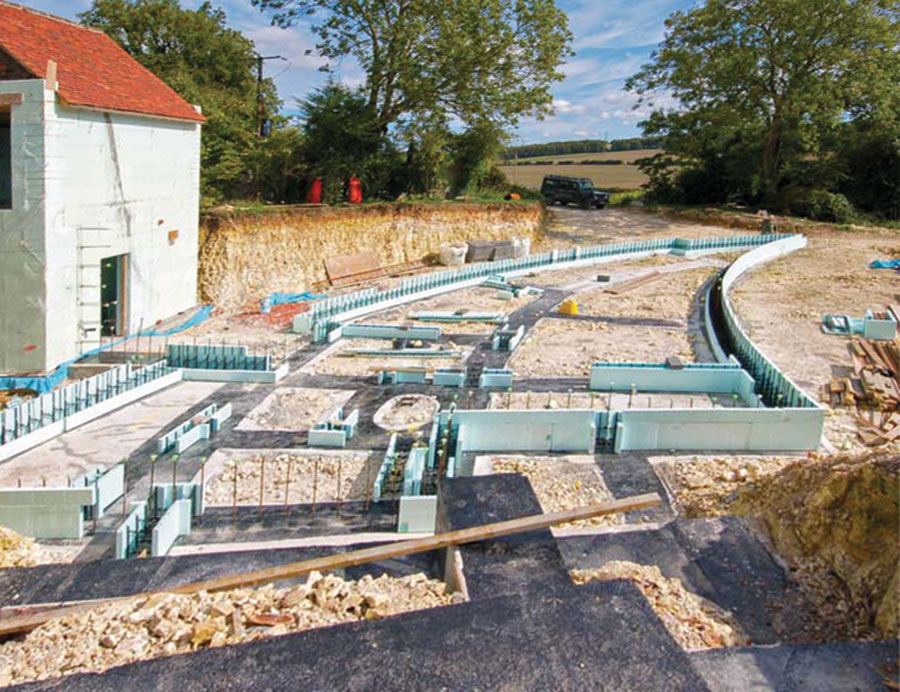
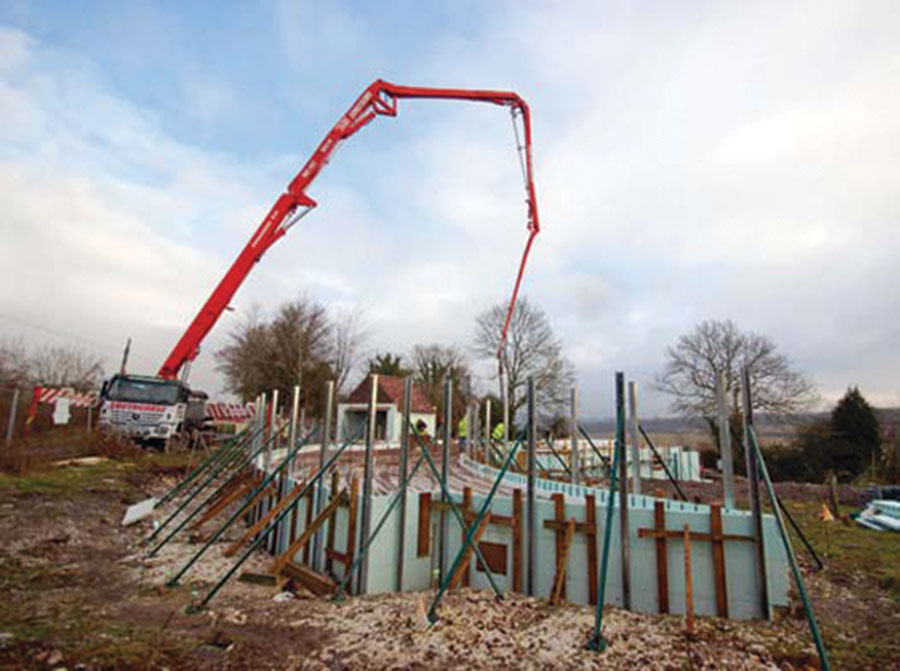
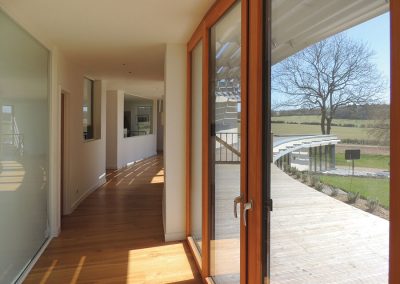
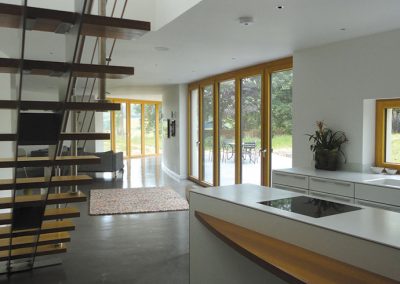
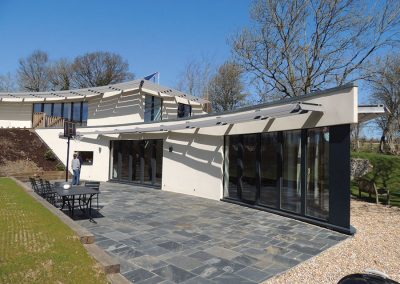
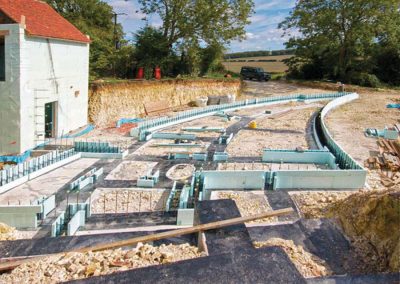
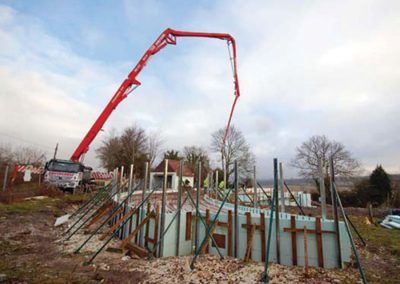
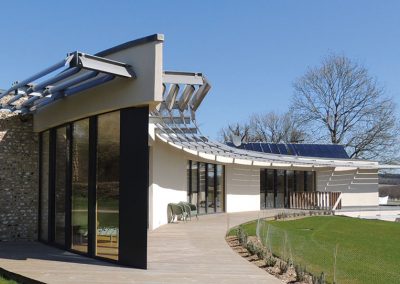
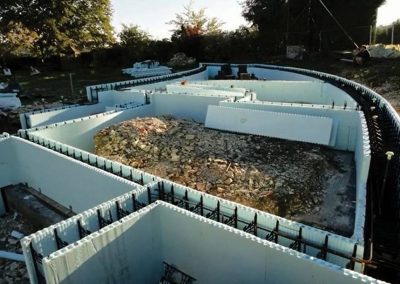
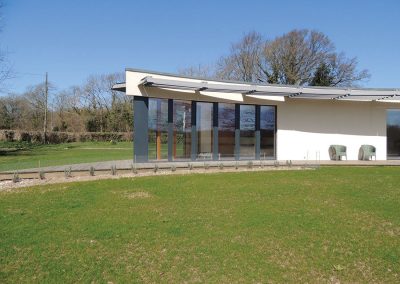
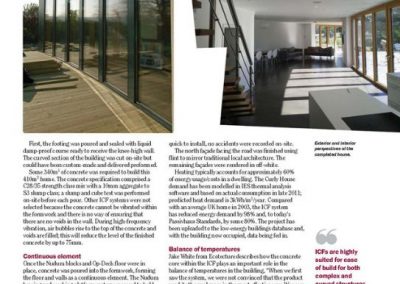
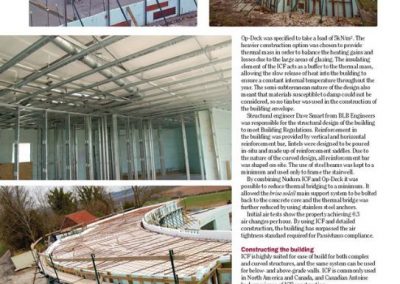
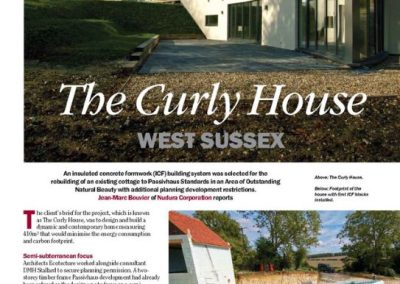
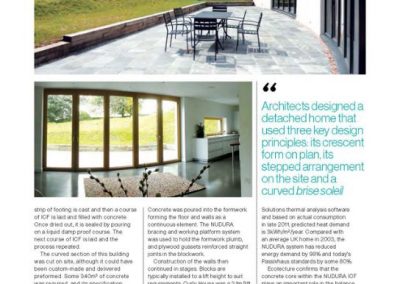
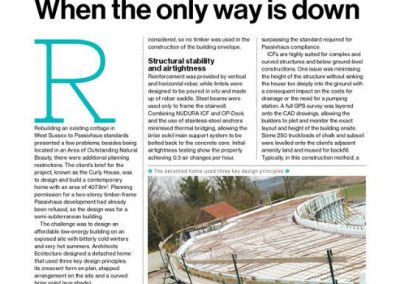
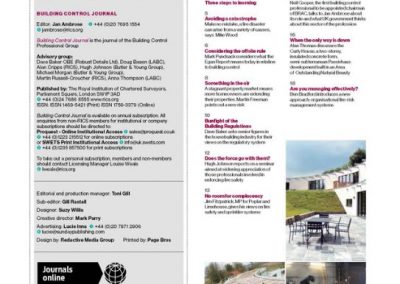
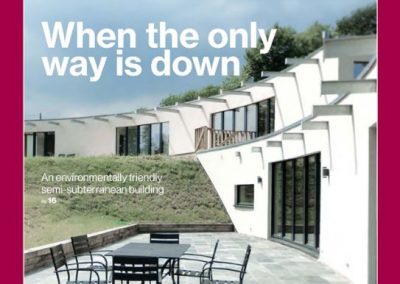
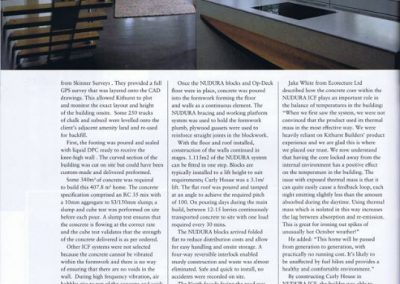
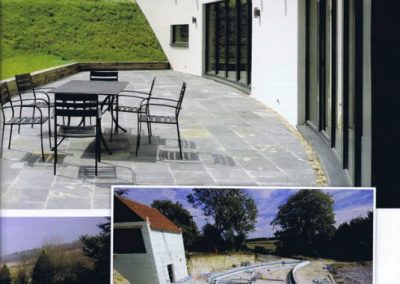
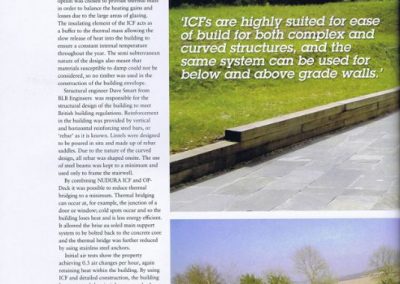
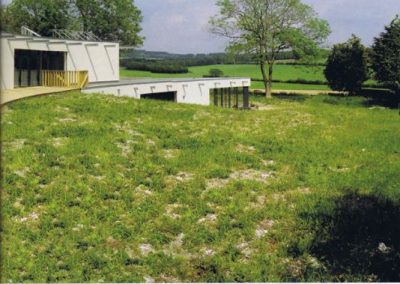
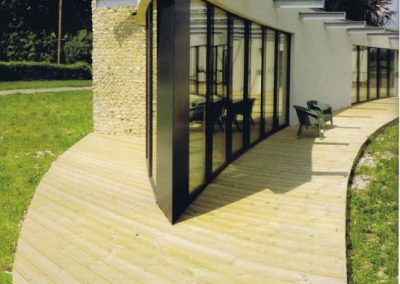
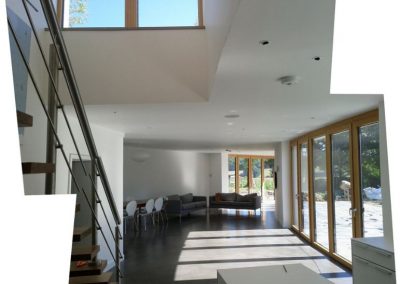
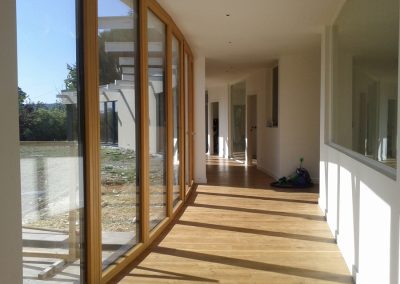
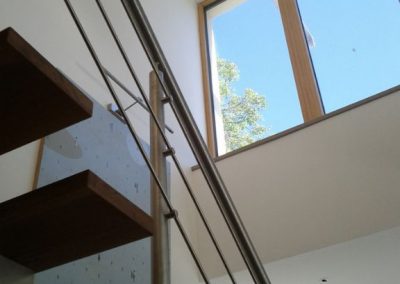
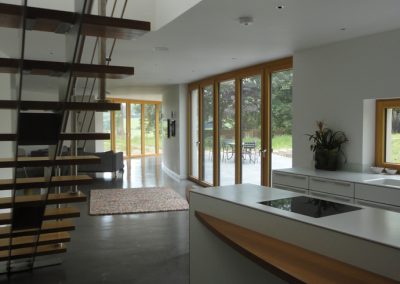
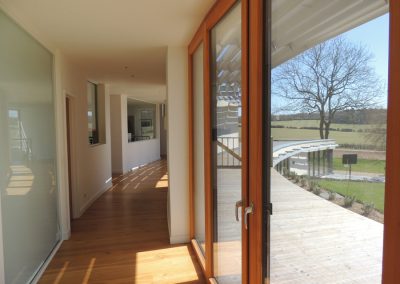

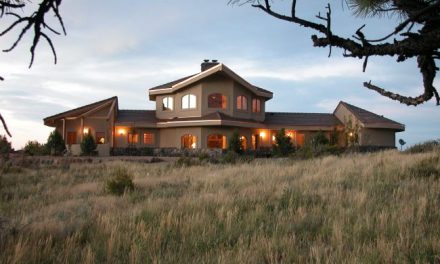
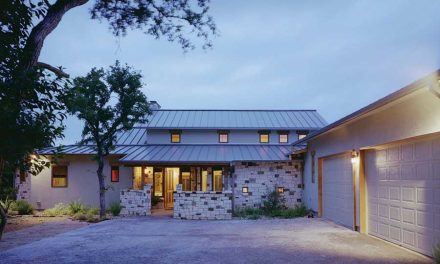
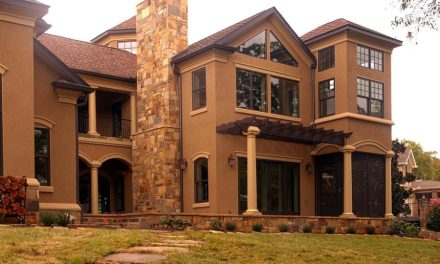
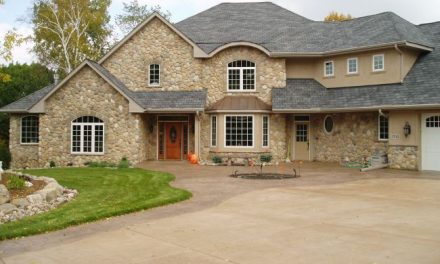







0 Comments